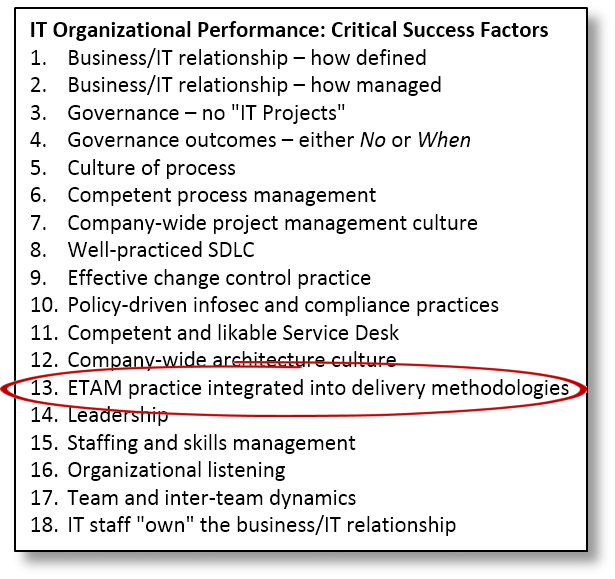Nuance is dead. May it rest in peace.
The headline: “PC shipments crater and tablets are the bogeymen,” (Woody Leonhard, InfoWorld, 10/10/2013).
First, let me assure you, Woody is a bright guy and I have a lot of respect for him. And second, writers don’t always write their own headlines. In any event, here’s what “crater” means: Worldwide, PC shipments are down around 8 percent, depending whose numbers you believe. In the U.S. PC shipments are up … up … a couple of percent.
Hardly the stuff of cratering.
The more interesting factoids in the story (and as I work for Dell I’m not an entirely disinterested party, although I have no connection to the product side of the company): The major manufacturers (HP, Lenovo, Dell) saw slight growth in their sales worldwide. Lenovo and Toshiba saw double-digit growth in the U.S. Yes, that’s right, growth … also not the stuff of cratering.
An interesting sidelight is that Apple’s U.S. sales took a sizable hit (more than 10%).
The truly fascinating bit was that Acer and Asus saw their sales plummet — down around 25% from last year. That really is cratering.
How to interpret these numbers? It’s probably much as pointed out here a few weeks back (“The post-PC era isn’t post-PC. It’s PC plus,” 9/16/2013). What cratered was consumer demand for PCs. Acer, Asus, and even Apple have a strong consumer orientation. Enterprise demand is, most likely, stable — enough from new ventures and replacement units to continue to support the major manufacturers.
It isn’t as attention-getting as “crater,” though.
As long as I’m quibbling with my friends at InfoWorld I might as well take issue with another recent piece they ran: “The end of the CIO as we know it — and IT feels fine,” (Galen Gruman, 10/11/2013). I’m afraid it got a lot wrong, starting with when the CIO title first appeared and what drove it. It wasn’t, as the article claimed, 15 years ago, driven by Y2K combined with the rise of ERP and eCommerce.
As evidence … why would any of those change “Director of Electronic Data Processing” to “Chief Information Officer”?
No, the CIO title came into existence twice that long ago, in the early 1980s. The driver: A newly introduced technology for mainframe computers called the database management system.
DBMS licenses were expensive. Very expensive in the context of what companies were already spending on their mainframe systems. The real, tangible cost-justification for spending the additional money was that it increased programmer productivity. Which it did. (Disagree? Imagine having to program without one.)
Except that, as anyone who’s tried it knows, programmer productivity is excruciatingly hard to measure, which means proving the tangible benefits of the new technology would have been excruciatingly hard.
So IBM’s marketing department came up with a new concept: The primary value EDP provided wasn’t increased employee productivity, as we’d been claiming until then. That was secondary. The big value was the information itself and what companies could do with it to improve decision-making. What, you thought this was new with data warehouses, data mining, and big data?
Whether you agree or disagree with the concept, the title “Chief Information Officer” flowed directly out of this idea — that information is where the big value is.
The concept’s legitimacy is questionable, by the way. Among its drawbacks: It elevates the importance of management decision-making above the value of actual work. But that’s a different, and very long diatribe.
Anyway, Galen’s piece is one of many that are appearing these days that predict we’ve entered the end-times for the CIO, and probably for corporate IT as well. Read any of these pieces. Squint at them sideways and you can predict the outcome of following this advice: A proliferation of “islands of automation,” because when companies push IT into business departments, nobody will be willing to pay for integration, let alone have the skills to handle it, let alone the authority.
And, the advice-followers will see significant fortification of political siloes. The reason? A big chunk of spending that used to be strategic (or at least enterprise in scope) will now be tactical, or, more accurately, departmental.
Siloed.
For a very long time … since, in fact, the advent of the DBMS … IT’s most important role has been integration. Maybe if CIO had stood for “Chief Integration Officer” we wouldn’t need to have this little chat.
* * *
Speaking of the 9/16 column, which talked about how IT’s role is expanding while its budget isn’t, I’m embarrassed. At the end I promised a follow-up that talked about what CIOs can do to survive the experience. But my vacation distracted me. Sorry. Next week for sure.
– Bob

